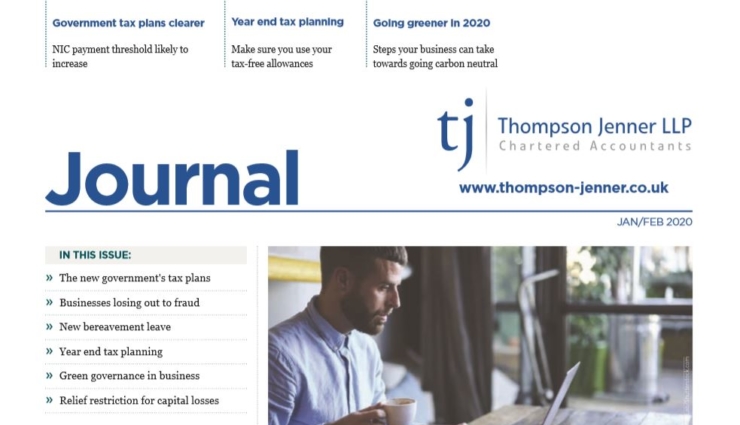13th February 2018
Since its inception in 1993 the Enterprise Investment Scheme (EIS) has enabled UK companies to raise over £16 billion in investments. Of the 3,470 companies benefitting from the EIS Scheme in 2015/16 alone, 1,645 companies were raising funds for the first time, between them generating £997 million of investment. [1]
With changes to the EIS scheme coming into force in the 2018/19 tax year, our Exeter business accountants decided to take a quick look at why the scheme has survived for so long as a business fund raising vehicle. In essence an EIS scheme enables companies to raise funds to support growth via a share issue. What differentiates the EIS scheme from a standard share issue is that individual investors can receive tax relief. Not only does this make an EIS scheme a tax efficient vehicle, it also encourages individuals to look at investing in companies which otherwise may not appear on their radar.
As with any tax efficient scheme there are constraints, both for the business and the investor. For the company these include not trading on any recognised stock exchange, having no more than £15million in gross assets and fewer than 250 employees (or 500 employees for knowledge intensive companies). Businesses should also be in their first seven years of trading although longer established businesses could still qualify if the funds raised are required to enter a completely new product or geographic market. [2]
Investors should look to EIS schemes as medium to long term vehicles for their investments. Whilst 30% tax relief is available on the initial investment, share sales only become free of capital gains tax after three years. There are also restrictions on those who can invest, with employees and other connected individuals excluded from participating.
The Autumn 2017 Budget sought to refresh the EIS Scheme by “doubling EIS investment limits for knowledge intensive companies, while ensuring that EIS is not used as a shelter for low-risk capital preservation schemes.” [3] Partly this change was driven by a review which revealed that in the 2016/17 tax year 62% of funds raised targeted capital preservation [4]; a move away from the original concept of funds raised being used to grow or develop business. Accordingly businesses looking to link growth to an increase in value of capital assets rather than trading activities will no longer qualify for EIS funding.
Nevertheless, for other companies the EIS scheme remains a valuable method of raising funds for expansion. Particularly so for knowledge intensive companies which meet certain criteria around the employment of skilled people in areas such as innovation, R&D and the creation of intellectual property. As such, this makes the EIS scheme particularly appropriate for organisations such as software development companies or those looking to use R&D innovation in order to break into new marketplaces.
Thompson Jenner partner Jon Westley believes that the EIS Scheme refresh provides an ideal opportunity for ambitious businesses, particularly in the South West to look again at their investment mix. “In 2015/16 London and the South East accounted for 67% of new EIS Investments with the South West coming in fourth place behind the East of England [1]” he commented, adding “Now is the time for South West businesses to lead the way in attracting investment and driving growth through EIS.”

If you would like to find out more or meet to discuss the services which we are able to provide, please contact Jon Westley or one of our other specialist Partners on 01392 258553 or 01395 279521 to arrange a free initial meeting.
[2] https://www.gov.uk/guidance/venture-capital-schemes-apply-for-the-enterprise-investment-scheme
[3] https://www.gov.uk/government/speeches/autumn-budget-2017-philip-hammonds-speech









